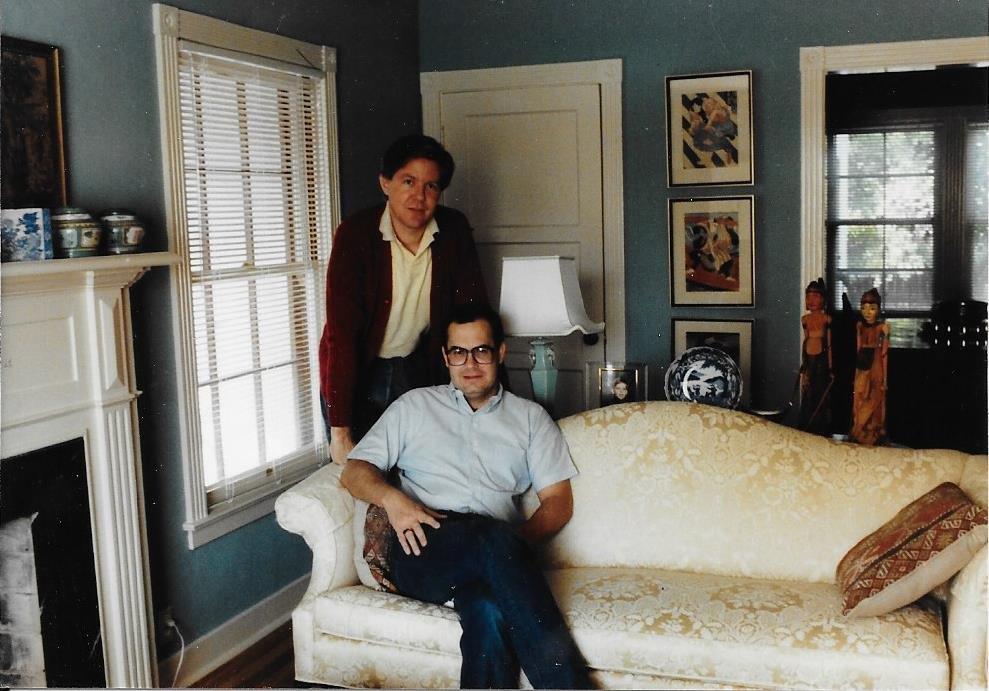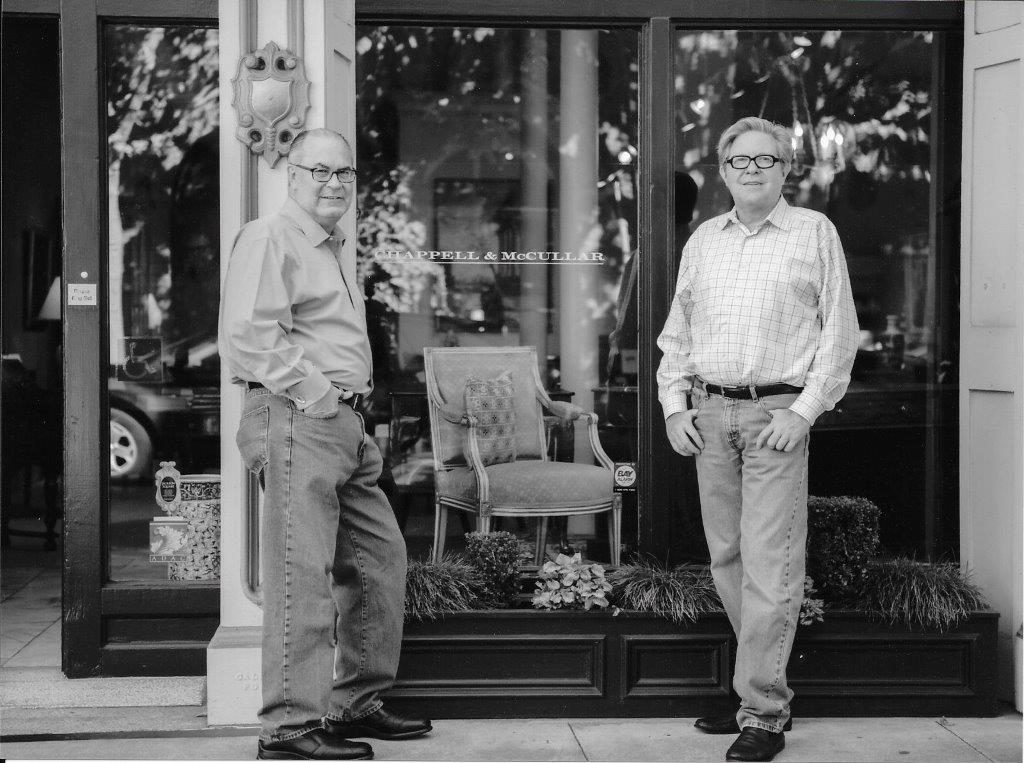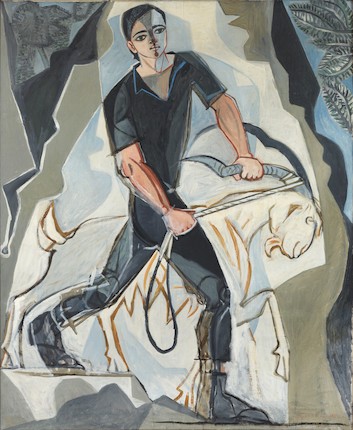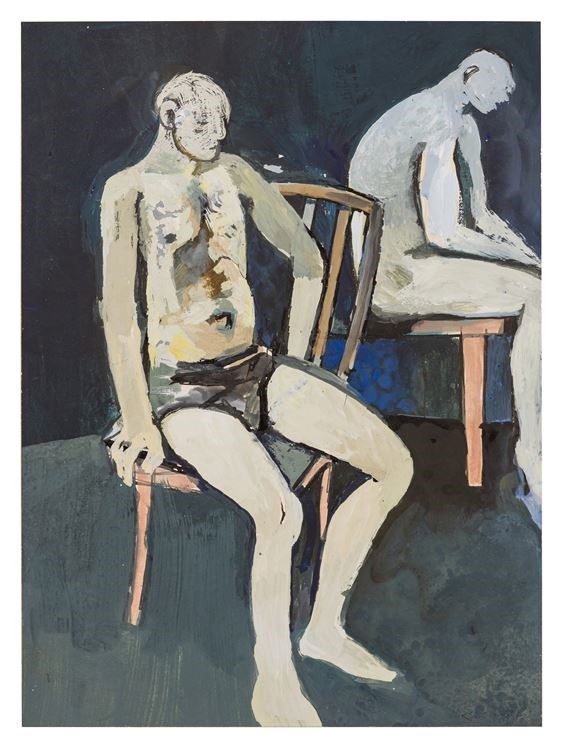
October is Gay Pride Month in Hawaii. Rather than just enjoy the festivities and overdose on aloha- and mai tais- a bit of literary sobriety might be in order. A few thoughts, therefore, penned a few years ago, but worth repeating, and remembering.
On the drive home from the gym this morning, I was caught up short by the squib on NPR about LGBT pride month, marking as it does 50 years since the Stonewall riots. As it happens, it is also 39 years this month since Keith McCullar and I plighted our troth, and the confluence of the two events bears some more than modest consideration- primarily for myself, but briefly told for benefit of my gentle readers who might find these musings of interest, too.
In June of 1969 I was 15 years old, and in benighted central California had no knowledge of anything about the Stonewall riots. Indeed, The Fresno Bee, our local newspaper and source of most information, was absent about what was probably considered in New York at the time a minor incident. Let me tell you, though, I was sufficiently self-aware to know I was gay as pink ink, not out, but certainly aware of what I was about, so Stonewall anything that was printed in our local rag would not just have caught my attention but seared itself in my memory. All this by way of saying, at the time, there was little or no coverage beyond what little there was in far, far away New York.
It is astonishing to consider, though, how just a few years post Stonewall, there was the florescence of gay liberation that also enveloped me, but I must say, with the assassination of Harvey Milk in 1978, I wondered if we had seen the highwater mark, and that the backlash his killing seemed to represent might betoken a return to repression. It didn’t happen, and I was fortunate enough in 1979 to attend the memorial 50th birthday party for Milk hosted in San Francisco by the Alice B Toklas Democratic Club, with Jane Fonda as the featured speaker. It was a wonderfully celebratory evening and as I think about it, something of a relief that, with so many local and state officials in attendance, everything appeared to be proceeding apace.
As they were for me, too. Not all that long after, Keith and I met- in benighted Fresno of all places, gold being where you find it- and the rest is generally pleasant sometimes blissful occasionally fraught history. But what I mean to say in this paragraph is that, with all the opportunities for dating, for tricks, for social outlets, and for lovers- everything that was on offer for a gay man in his 20’s- it seemed to me then that there could be nothing more gay than there then was. Hedonistically shallow as this sounds, yet aware that Stonewall was the watershed I was without apology having a great time.
What was yet to come was the tragedy of the HIV/AIDS epidemic. After a certain point, I became numb to the suffering of so many of my friends. Indeed, Keith and I now have very few gay acquaintances of our own age, as very nearly all of them died in the 80’s and early 90’s before drug therapies developed to stem the tide. Not entirely numb, as I become sad as I write this, thinking of those friends with whom I looked forward to growing old. Shared experience is a cornerstone of friendship, and for those friends with whom one came out, there can be no substitute. Early on, it seemed that what Dan White couldn’t do with the assassination of Harvey Milk, HIV could do, and we braced for ostracism at the very least, if not broadscale exclusion, as the mysteries surrounding the disease frightened everyone. ‘Frightened’? What understatement- I should more accurately say ‘drove everyone straight or gay to the panicked fringes of rational thought and beyond.’ I will never forget receiving a letter from someone very close to me, asking Keith and me to avoid playing with her small children, as we might infect them.
Neither Keith nor I from the beginning hid the nature of our relationship, and if it made any kind of difference even in our work lives, we were at the time so focused on our careers, and of course the lives we were making with each other, we were not aware. What I did see, though, was in the late 80’s and early ‘90’s a gradual, more than a tolerance but less than an acceptance of gay men in the straight community. Perhaps it might better be said as an easing of tension. It occurred to me the why of this, as so many gay men having moved away post Stonewall to live in the big cities, they then came back home when desperately ill and absent all else sought family to provide care for them. The tragedy of HIV/AIDS brought gayness literally inside the homes of very many Americans. That there was a paucity of national recognition of the crisis is probably best characterized by President Reagan’s laggard acknowledgement, but the fact is, those who lost their lives were martyrs to the emergence of a broadscale realization that gayness was a human phenomenon, common to all populations- white and people of color, rich and poor, urban and rural. And liberal and conservative. The Bible thumping fundamentalist had to, and did, have a rethink about the nature of love and Christian commitment when their gay son returned to his childhood bedroom to die.
And all the eventual good for surviving and newly out gay men wrought of this tragedy proceeds, well not apace, but forward. We’re married Keith and I, file our tax returns jointly, and if one or the other of us pops his clogs, will be eligible for Social Security survivors’ benefits. What I thought 40 years ago of an environment about as gay as one could get was substantially less than, and it is with my own advancing age and experience that I’ve come to realize what in fact we lacked, and what the human cost has been in trying to achieve what we have a right to. A bit of a sidebar, and you can call me a recidivist, but the moves forward in this country have had some effects that, to my mind, are wistfully bittersweet. The gay ghettoes in the larger American cities are dwindling, as those who formed them finding safety and comfortability in numbers now find they don’t require what they formerly found in places like The Castro in San Francisco or Boys Town in West Hollywood or Greenwich Village. And I do miss the plethora of gay bars, with one or more even in small communities, always fun to hang out, in the manner of a private club. Mind you, very many of those private clubs were about as pleasant aesthetically as a public restroom, but perhaps for the sake of nostalgia, Keith and I yet make some effort to visit gay bars whenever we travel.
It may be my style of writing, or my way of thinking, but the sort of linear narrative I’ve communicated about the progress of gay liberation shouldn’t even in this brief squib detract from what it is that concerns me now, that is, how much further we have to go. I am reminded of this frequently, with continued back of the bus treatment from people who would deny to their last breath they’re any way homophobic. For those who know us, gay or straight, close friends to casual acquaintances, Keith and I probably wouldn’t be identified as anything other than bright, ambitious and hardworking. Nothing unusual in that, but faced with us in a business setting, we’ve both of us often been dismissed and shunted aside in ways and by people that seemed otherwise friendly disposed to us. Finally, after years of this treatment- not constant, but frequent enough to become notable- it occurred to me that to this day the straight world has an enduring notion certainly of gay men that’s concretely fixed. Keith and I should and must be limp-wristed sissies, addle brained and more interested in flower arranging than debt swaps or real property syndications or inventory turn days. And these same homophobe deny-ers will fight to maintain those opinions and fight to relegate us to a role that they think, actually, no, that they know is appropriate for gay men. The older Keith and I get, the more combative we become, and we’re given to confront this phenomenon more and more, and in an in-your-face manner.
Well, we’re up to it. In fact, I find myself, where in former times I would just not hide my gayness or the fact of my relationship with Keith, now make a point of communicating all this immediately, becoming, as it were, a solo swat team for gay socialization.

Pride Month has gone, and LGBTQ+ has broadened gay liberation beyond anything anyone could have imagined in 1969. While at times I wish for a return to the fun of those very brief halcyon years just post Stonewall and just pre-HIV but am now old enough to realize that with fun and good times comes complacence, and that complacence beckons a return to repression. We are then, Keith and me, as we look forward to our fifth decade together mindful of the past and unwilling to allow a creeping social conservatism to disintegrate what we’ve at last achieved. Again, I’ll correct myself, as ‘at last’ implies we’re at the top of the mountain in terms of legal and social equality. Closer to the top, perhaps, but further to go to crest the hill. In our home, we’ll always be mindful of Stonewall and its effects and fight for a brighter future. But to repeat what I wrote just a moment ago, we’re up to it.


